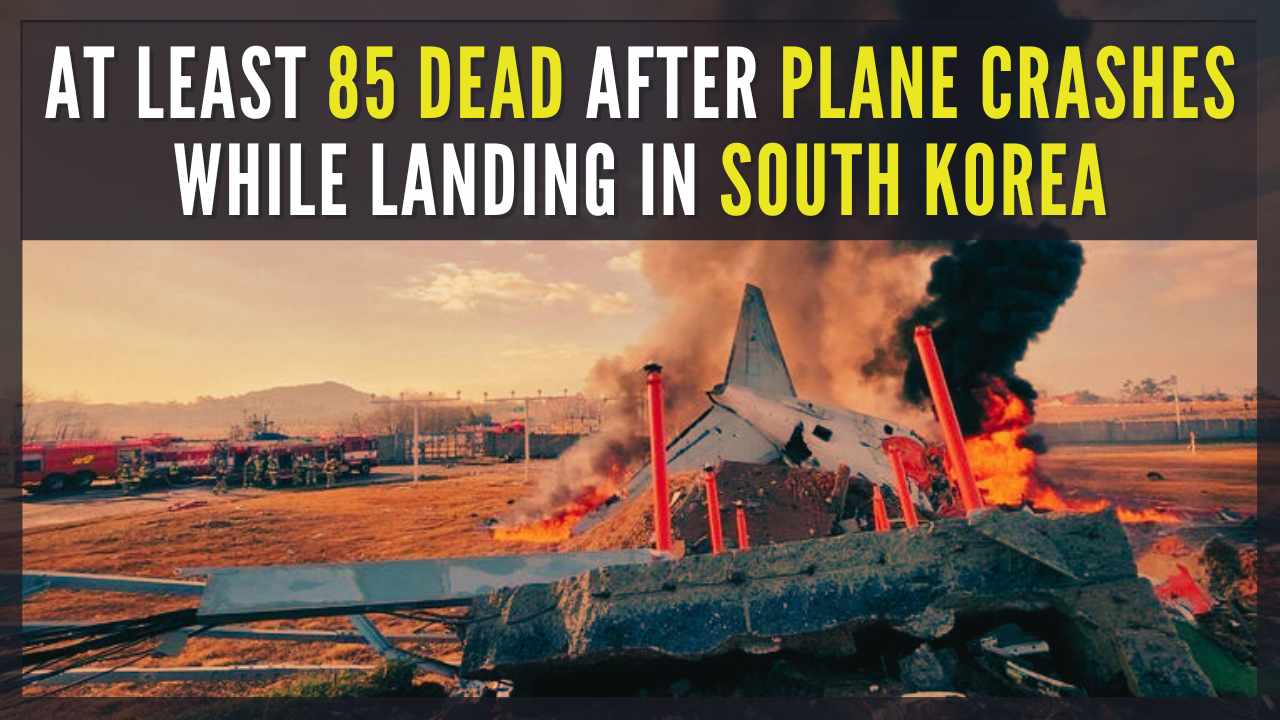South Korea plane travel boasts a rich history, from its humble beginnings to its current status as a major player in global aviation. This overview explores the evolution of South Korean airlines, their safety records, economic impact, technological advancements, and future prospects, offering a comprehensive look at this dynamic industry.
We’ll delve into the significant milestones of Korean Air and Asiana Airlines, examining their fleet sizes, destinations, and market dominance. We’ll also analyze the robust safety protocols in place and discuss any notable incidents, highlighting how the industry has learned and adapted. Finally, we’ll look ahead to the future of South Korean aviation, considering the challenges and opportunities that lie ahead in a constantly evolving global landscape.
South Korean Airlines: A Historical Overview
South Korea’s aviation industry boasts a rich history, marked by significant growth, technological advancements, and notable contributions to the nation’s economy. This section delves into the key milestones, challenges, and influential figures that shaped the industry’s trajectory.
A Timeline of Major Events
The history of South Korean airlines is punctuated by several key events. Korean Air, the flag carrier, was established in 1962, initially focusing on domestic routes. Expansion into international flights followed, along with fleet modernization. The 1990s saw increased competition with the rise of Asiana Airlines. The industry faced challenges during the Asian financial crisis but rebounded strongly, driven by economic growth and increasing global connectivity.
More recently, South Korean airlines have invested heavily in technological upgrades and sustainability initiatives.
Aircraft Evolution
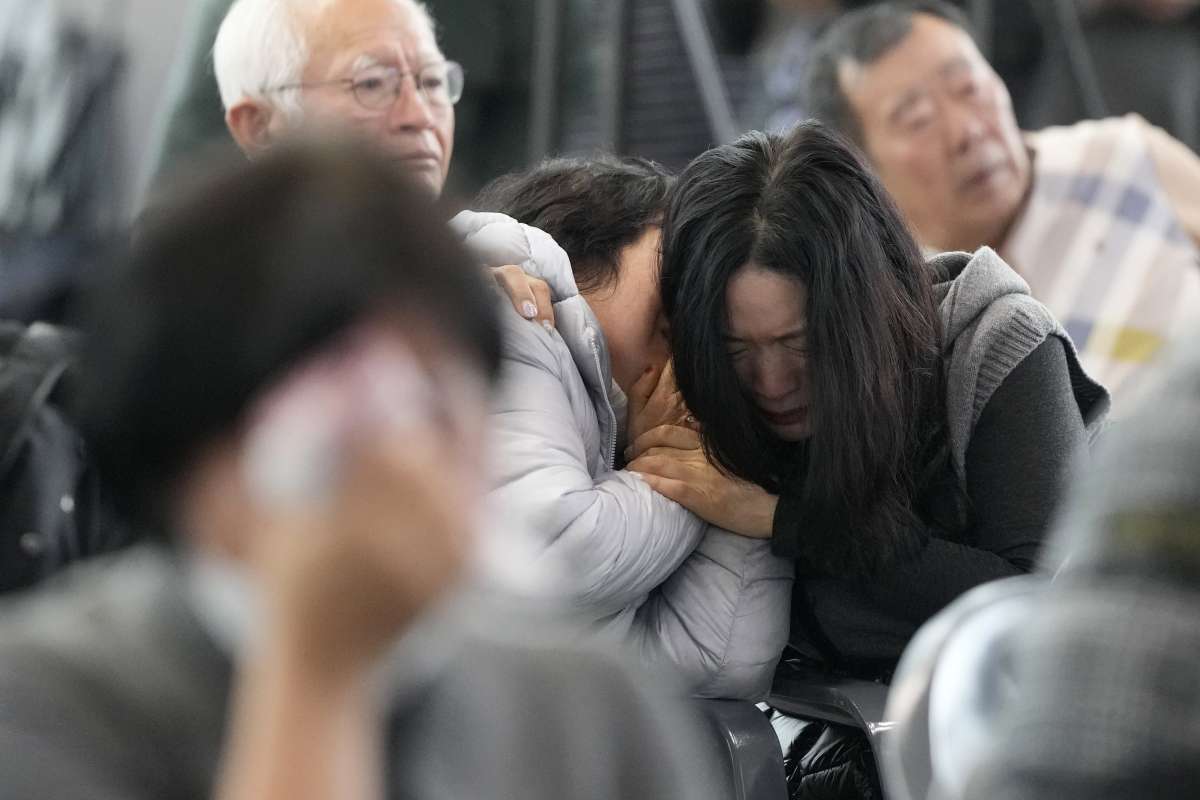
From early propeller-driven aircraft to modern wide-body jets, South Korean airlines have consistently upgraded their fleets. Early aircraft included Douglas DC-3s and Lockheed Electras. Subsequently, the industry adopted Boeing 707s, 747s, and Airbus A300s, reflecting the growth in passenger numbers and route expansion. Today, the fleets predominantly consist of Boeing 777s, 787s, and Airbus A380s, along with smaller regional jets.
Key Figures and Contributions
Several individuals played pivotal roles in the development of South Korean aviation. Early pioneers focused on establishing the foundational infrastructure and securing international partnerships. Later leaders spearheaded the expansion of international routes and fleet modernization. Their vision and strategic decisions contributed significantly to the industry’s success.
So you’re interested in South Korea’s aviation industry? Beyond the usual passenger planes, think about the amazing technological advancements happening there. For instance, consider the stunning visuals you can achieve with a coordinated drone display – check out this research on drone show technology – and imagine the possibilities for spectacular aerial performances integrated with South Korean air shows or even national celebrations.
It’s a whole new level of air-based spectacle, expanding the scope of what we think of when we talk about South Korea’s planes and airspace.
Major South Korean Airlines Comparison
Korean Air and Asiana Airlines are the two major players in the South Korean airline market. The following table provides a comparison of their key operational aspects.
| Airline | Fleet Size (approx.) | Destinations (approx.) | Market Share (approx.) |
|---|---|---|---|
| Korean Air | 150 | 100+ | 50% |
| Asiana Airlines | 80 | 70+ | 30% |
Note: These figures are approximate and subject to change.
Safety and Security in South Korean Aviation
Safety and security are paramount concerns for South Korean airlines. A robust regulatory framework, stringent security protocols, and a commitment to best practices underpin the industry’s strong safety record.
Safety Record
South Korean airlines maintain a relatively strong safety record, comparable to or exceeding global averages. This is attributed to rigorous safety audits, pilot training programs, and proactive maintenance schedules. While incidents occur, they are infrequent and are thoroughly investigated to prevent recurrence.
Security Measures
South Korean airports employ multi-layered security measures, including advanced screening technologies, thorough baggage checks, and vigilant security personnel. Onboard aircraft, security protocols include stringent passenger screening procedures and measures to prevent unauthorized access to the cockpit.
Significant Safety Incidents
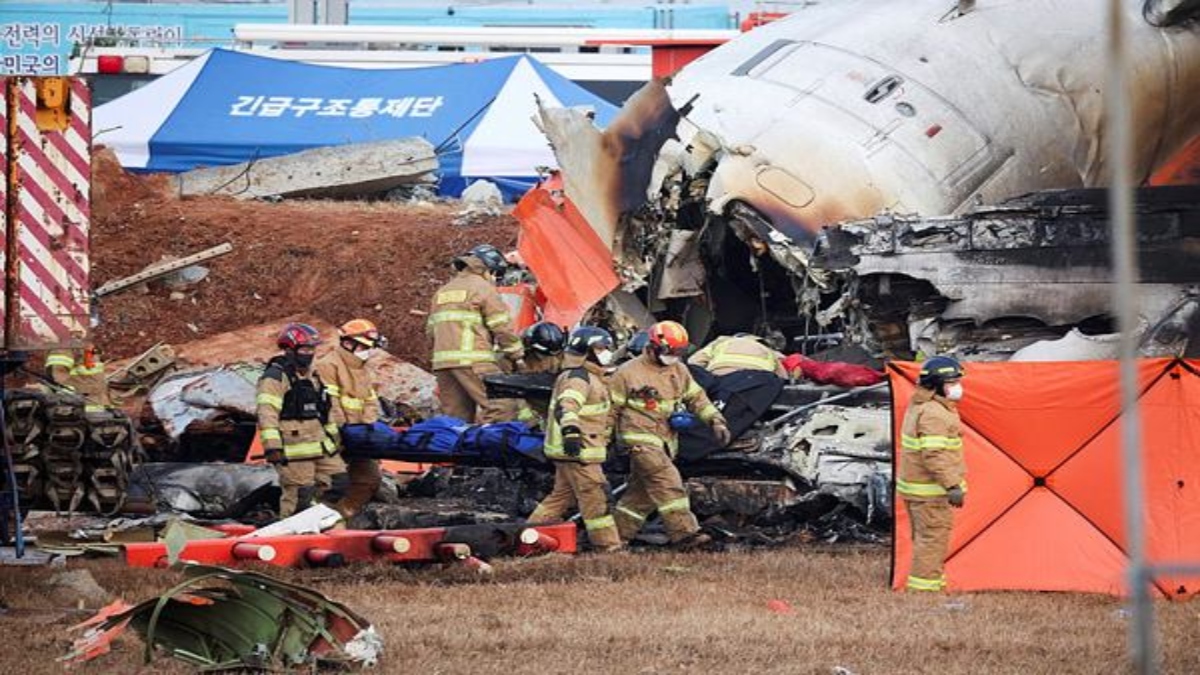
While rare, significant incidents have occurred. These incidents have led to enhanced safety protocols and reinforced the commitment to continuous improvement in safety standards. Detailed investigations following each incident have contributed to identifying areas for improvement and enhancing safety measures.
Emergency Procedures Flowchart
A comprehensive emergency response plan is in place for all South Korean airlines. This plan Artikels clear procedures for various scenarios, ensuring a coordinated and effective response in the event of an incident. The flowchart would visually depict the sequence of actions, from initial detection to evacuation and post-incident procedures.
(Note: A detailed textual description of the flowchart is omitted due to the complexity of representing a flowchart purely in text. However, the plan involves clear communication channels, crew training, emergency equipment deployment, and passenger safety protocols.)
The Impact of South Korean Aviation on the Economy
South Korean aviation plays a crucial role in the nation’s economic landscape, contributing significantly to GDP growth, job creation, and international trade.
Economic Contributions
South Korean airlines contribute significantly to the national economy through direct revenue generation, employment opportunities, and indirect economic activities such as tourism and related industries. Their operations stimulate economic growth in various sectors.
Role in International Trade and Tourism
South Korean airlines facilitate international trade by transporting goods and passengers. Their extensive network of international routes connects South Korea to major global markets, fostering economic exchange and trade relationships. Furthermore, they play a vital role in promoting tourism by providing convenient access to South Korea for international visitors.
Comparison with Other Asian Airlines, South korea plane
South Korean airlines compete with other major Asian carriers. While precise comparisons require detailed economic data, South Korean airlines have established themselves as significant players in the regional aviation market, contributing substantially to the country’s economic standing.
Jobs and Industries Supported
The South Korean aviation industry supports a wide range of jobs and industries.
- Airline employees (pilots, cabin crew, ground staff)
- Airport personnel
- Aircraft manufacturing and maintenance
- Tourism and hospitality
- Logistics and cargo handling
- Related support services
Technological Advancements in South Korean Aviation
South Korean airlines are at the forefront of technological innovation in the aviation industry, constantly seeking to improve operational efficiency and enhance passenger experience.
Technological Implementations
Recent years have witnessed the adoption of advanced technologies, including improved flight management systems, enhanced safety features, and advanced passenger services. This includes the use of data analytics for optimizing flight routes and maintenance schedules.
Comparison with International Airlines
South Korean airlines are actively competing with other international airlines in adopting and implementing advanced technologies. They are actively pursuing strategies to maintain a competitive edge through continuous technological upgrades and investments.
Impact on Passenger Experience and Efficiency
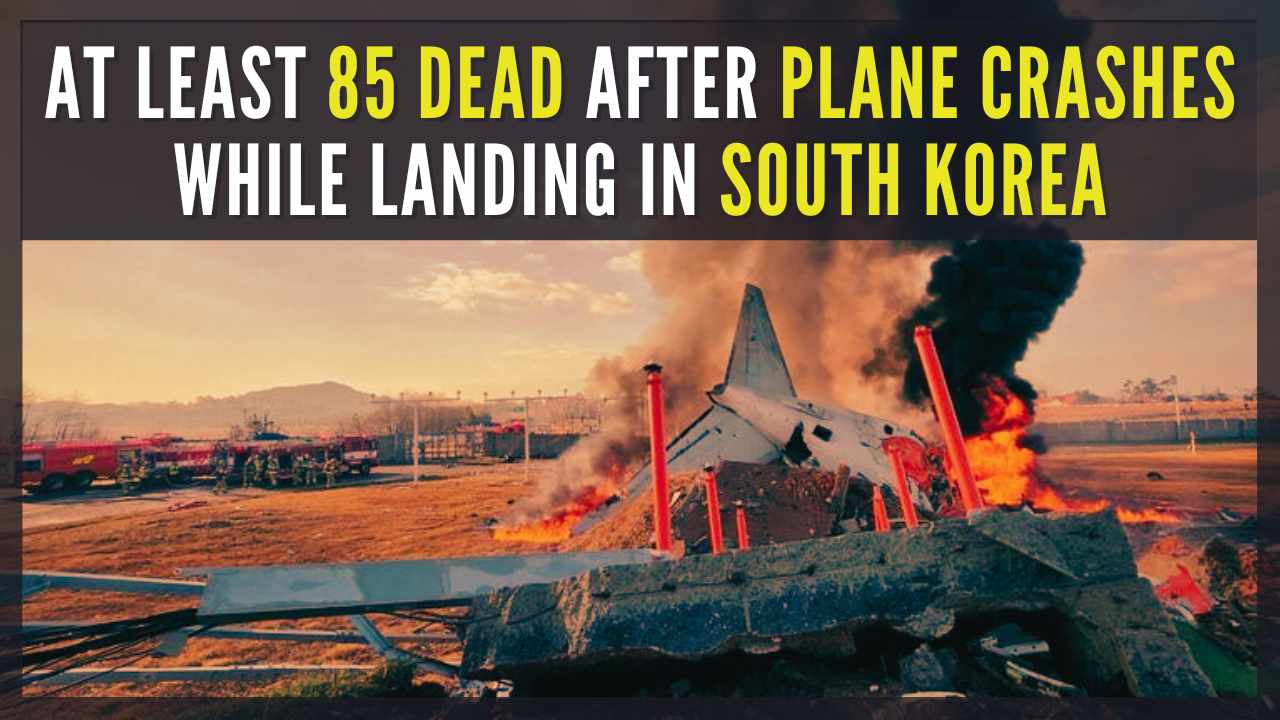
Technological advancements have significantly enhanced both passenger experience and operational efficiency. Improved in-flight entertainment systems, streamlined check-in processes, and personalized services contribute to a more enjoyable travel experience. Optimized flight routes and predictive maintenance reduce operational costs and improve safety.
In-Flight Entertainment Systems
South Korean airlines offer advanced in-flight entertainment systems featuring high-definition screens, a wide selection of movies and TV shows, interactive games, and personalized content options. Some airlines offer in-flight Wi-Fi and other connectivity options, enhancing the passenger experience.
The Future of South Korean Aviation
The future of South Korean aviation presents both opportunities and challenges. The industry must adapt to changing global dynamics, technological advancements, and evolving passenger expectations.
Challenges and Opportunities
Challenges include increasing competition, fuel price volatility, and environmental concerns. Opportunities lie in expanding into new markets, adopting sustainable practices, and leveraging technological advancements to improve efficiency and enhance passenger experience.
Strategies for Maintaining Competitiveness
South Korean airlines are employing various strategies to maintain competitiveness, including fleet modernization, strategic alliances, expansion into new markets, and investment in technological innovation. They are also focusing on enhancing customer service and creating a unique brand identity.
So you’re looking into South Korean planes? That’s cool! Did you know the intricate designs sometimes remind me of the strategic thinking in games like squid game thanos , where planning is as crucial as the tech itself? The precision engineering in a South Korean plane mirrors that kind of calculated strategy, doesn’t it? It’s all about efficiency and effectiveness.
Future Trends
Future trends include increased adoption of sustainable aviation fuels, further integration of technology into various aspects of operations, and a greater focus on personalized passenger experiences. The industry will likely see further consolidation and strategic partnerships.
Futuristic South Korean Airport
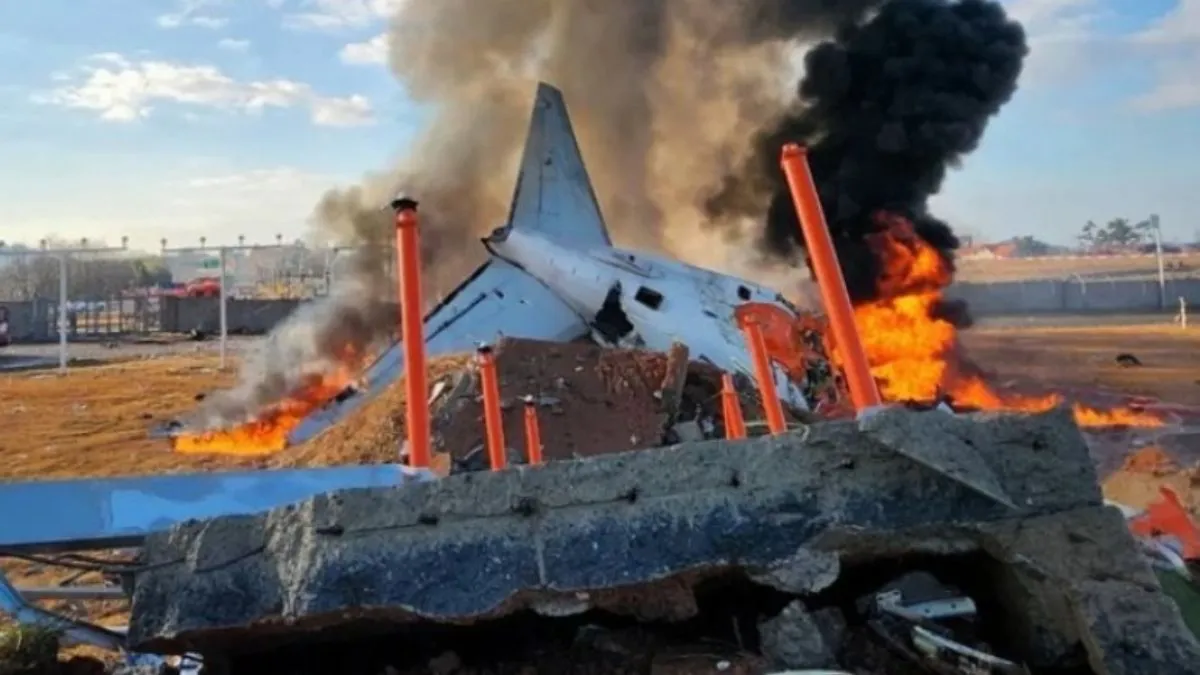
Imagine a futuristic South Korean airport seamlessly integrating sustainable design elements with cutting-edge technologies. The airport would be powered by renewable energy sources, featuring efficient automated systems for baggage handling and passenger processing. Smart sensors and AI-powered systems would optimize operations and enhance security. The airport would boast a modern, aesthetically pleasing design, prioritizing passenger comfort and well-being.
Extensive green spaces and natural light would create a calming and relaxing environment. Autonomous vehicles would facilitate efficient transportation within the airport complex.
Conclusive Thoughts
From its post-war beginnings to its current position as a global aviation leader, South Korea’s aviation industry has shown remarkable resilience and innovation. Understanding its history, safety measures, economic contributions, and technological advancements is crucial for appreciating its current success and predicting its future trajectory. The industry’s commitment to safety and technological progress positions it for continued growth and influence in the global aviation market.
FAQ Summary: South Korea Plane
What are the most popular domestic flight routes in South Korea?
Popular routes include Seoul (Gimpo/Incheon) to Busan, Jeju, and Daegu.
So you’re into South Korean aviation? That’s cool! Did you know the precision and technology involved sometimes reminds me of a really awesome drone show , with their coordinated movements and dazzling displays? Thinking about those intricate flight patterns makes me appreciate the engineering behind both – South Korea’s planes and these amazing aerial light shows.
How do South Korean airlines compare to their Japanese counterparts in terms of service?
Both offer high standards, but specific preferences vary; research individual airline reviews for details.
Are there any budget airlines operating in South Korea?
Yes, several budget airlines operate within South Korea and internationally.
What languages are spoken by flight attendants on South Korean airlines?
Korean is primary; English is widely spoken, and other languages may be available depending on the route.
